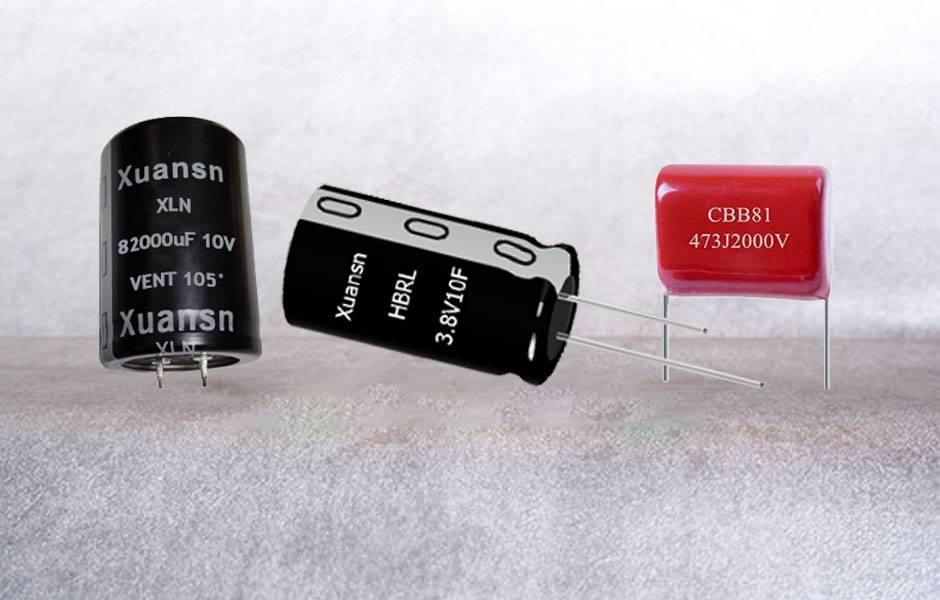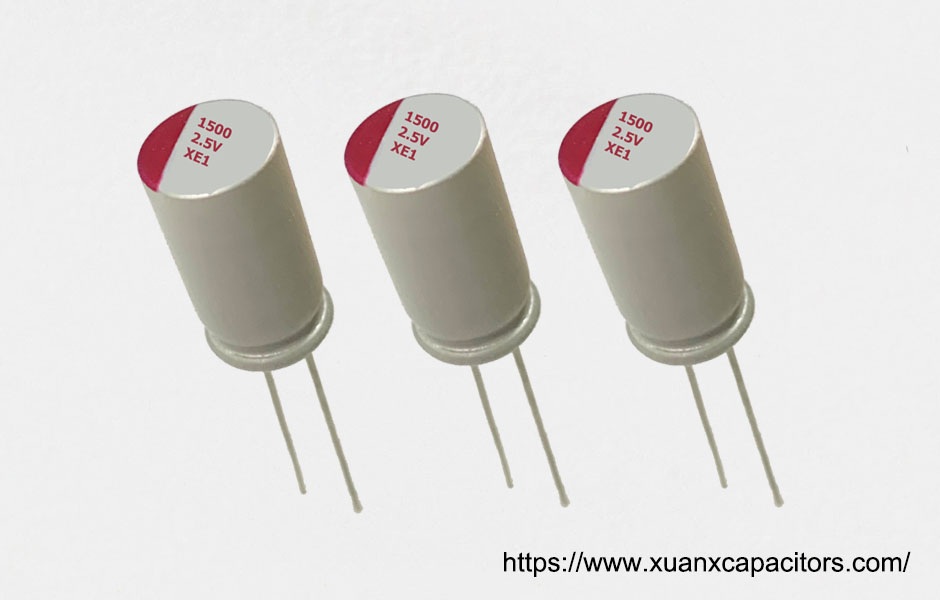Application development of aluminum electrolytic capacitors
The global aluminum electrolytic capacitor supply market is becoming more and more mature, mainly in Japan, China, Taiwan, and South Korea. Judging from the overall competition pattern of the industry in recent years, the production volume of electrolytic capacitors in Japan has gradually shrunk, replaced by Korean companies, Taiwanese companies, and mainland Chinese companies.
Aluminum electrolytic capacitors were considered high-tech products in mainland China before 1978. After more than 30 years of development, aluminum electrolytic capacitors are no longer high-tech products for domestic aluminum electrolytic capacitor manufacturers. Product. From a technical point of view, the capacitors produced by some well-known domestic brands can completely replace foreign capacitors.
In 2010, the global output value was 5.2 billion U.S. dollars, and the average growth rate in the past 7 years was 4%-5%. It is expected to reach a market size of 5.5 billion U.S. dollars by 2012 and about 6 billion U.S. dollars by 2015. From the perspective of global aluminum electrolytic capacitor delivery time, there has been a significant prolongation since 2010, which to a large extent implies that the industry is entering a rapid growth channel.
Affected by the upward pressure on costs and the shift of downstream demand to China, in recent years, well-known overseas aluminum electrolytic capacitor manufacturers have come to China to invest and build factories. Except for Rubycon that has not yet selected a location, other world-renowned aluminum capacitor manufacturers have set up production bases in China. China has naturally become the world’s largest aluminum electrolytic capacitor market, and its share has maintained a steady increase.
While aluminum electrolytic capacitors are growing steadily in the field of traditional consumer electronics, their application fields have been expanded in many emerging fields such as energy-saving lamps, frequency conversion, and new energy with structural transformation and technological progress. The national “Twelfth Five-Year Plan” clearly stated: to promote the integrated construction and network development of infrastructure such as transportation, communications, power supply, water supply and drainage in large, medium and small cities. The development of these emerging fields will expand the demand space for new material products, and China’s aluminum electrolytic capacitor industry, which is a national key development industry, will also gain huge development space.




